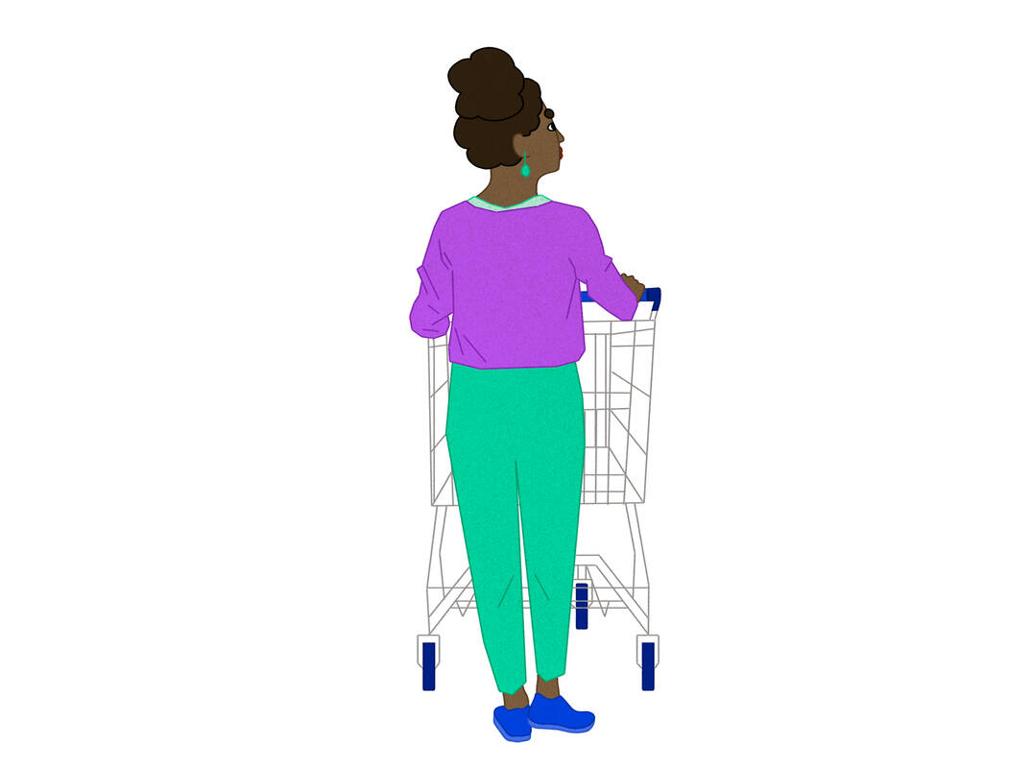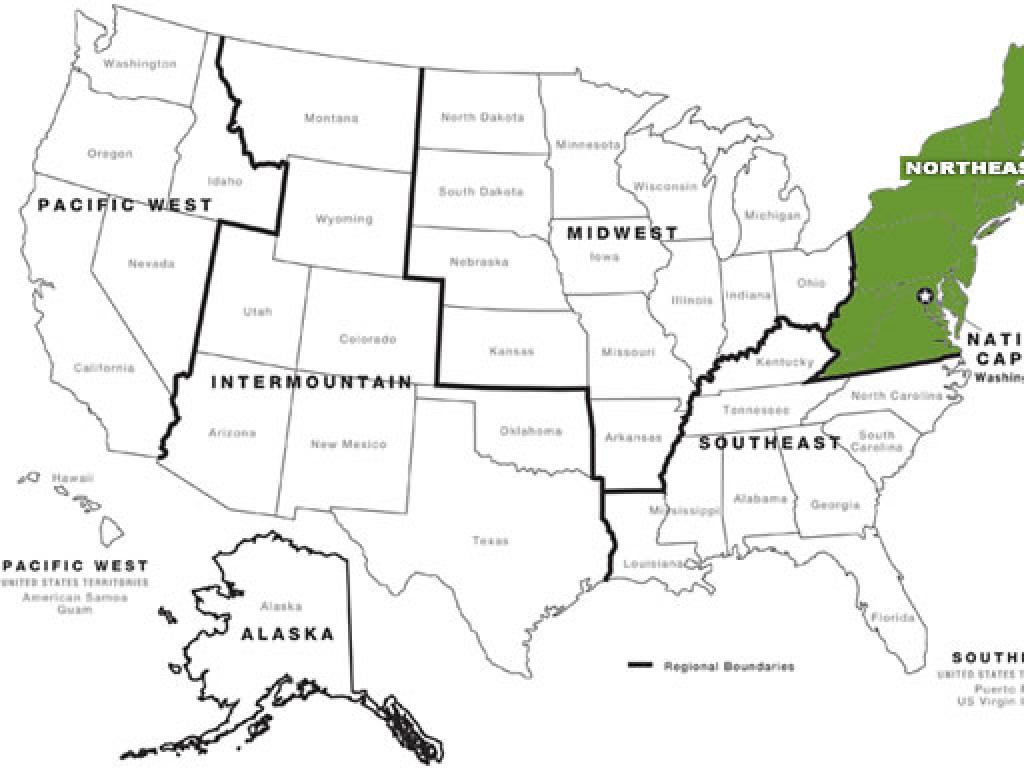Industrial And Transportation Revolutions
Subject: Social studies
Grade: Eighth grade
Topic: The Antebellum Period
Please LOG IN to download the presentation. Access is available to registered users only.
View More Content
The Antebellum Period: Industrial & Transportation Revolutions
– Grasp the Antebellum era: 1820-1860
– A time of significant change before the Civil War
– Explore Industrial & Transportation Revolutions
– How did innovations change society and economy?
– Set learning objectives for today
– Discuss key questions on the topic
– What were the impacts of these revolutions?
|
This slide introduces students to the Antebellum Period, a pivotal era in American history just before the Civil War, characterized by rapid growth and change. The focus of today’s lesson is on the Industrial and Transportation Revolutions, which transformed the American landscape economically and socially. Objectives include understanding the timeline of the Antebellum Period, identifying key innovations of the Industrial and Transportation Revolutions, and analyzing their impacts on society. Key questions will guide the discussion and encourage critical thinking about how these revolutions shaped the nation’s future. Encourage students to think about the cause-and-effect relationships between technological advancements and societal changes.
The Industrial Revolution Overview
– Definition of the Industrial Revolution
– A period of major industrialization that took place during the late 1700s and early 1800s.
– Key technological advancements
– Innovations like the steam engine, cotton gin, and mechanized looms transformed production.
– Shift to industrial economies
– Economies moved from farming to factory-based, changing where and how people worked.
– Impact on society and workforce
|
The Industrial Revolution was a pivotal time in history, marking a shift from manual labor and artisanal goods to mass production and mechanization. Key inventions spurred this change, leading to increased production capabilities and the growth of factories. This shift had profound effects on the economy, moving the focus from agriculture to industry, and it also changed the social fabric, as people moved from rural areas to cities to work in factories. Discuss the broader implications of these changes, such as urbanization, changes in social classes, and the beginnings of modern capitalism. Encourage students to think about how these changes might have felt for people living through them.
Impact of the Industrial Revolution
– Shift in labor and production methods
– From hand production to machines, leading to mass production.
– Emergence of factories and urban growth
– Factories centralized work; cities expanded as people moved for jobs.
– Social changes due to industrialization
– Class structures shifted, with a rise in the working and middle classes.
– Economic transformation of society
– Increased production led to wealth but also to labor exploitation.
|
This slide aims to encapsulate the profound changes brought about by the Industrial Revolution. Emphasize the shift from agrarian handcraft to mechanized mass production and how this led to the rise of factories, which in turn spurred urbanization as people moved to cities for work. Discuss the social implications, such as the alteration of class structures and the rise of a distinct working class, as well as the middle class. Highlight the economic effects, including the increase in production and wealth, but also the exploitation and harsh working conditions that workers often faced. Encourage students to think about how these changes laid the groundwork for the modern industrial economy and society.
The Transportation Revolution
– Emergence of Transportation Revolution
– A period of rapid growth in the speed and convenience of travel.
– Canals, Steamboats, Railroads
– Key developments included the Erie Canal, steam-powered boats, and the expansion of railroads.
– Impact on Trade
– Transportation advancements drastically reduced costs and time, expanding markets.
– Changes in Daily Life
– Travel became easier, migration increased, and the daily lives of people were transformed.
|
This slide introduces the Transportation Revolution, a key component of the Industrial Revolution that dramatically changed how goods and people moved across the United States. Highlight the construction of the Erie Canal, the advent of steam-powered boats, and the expansion of the railroad network as pivotal developments. Discuss how these innovations reduced the cost and increased the speed of trade, which in turn influenced the economy and growth of the country. Emphasize the social impact, including how these changes affected the daily lives of Americans, encouraging westward expansion and urbanization. Encourage students to consider how different their lives would be without modern transportation.
Linking Revolutions: Industry and Transport
– Industrial fuels Transportation
– Industrial growth increased the need for efficient transport systems.
– Transport expands markets
– Railroads and canals allowed goods to travel farther, faster.
– Erie Canal Case Study
– The Erie Canal connected the Great Lakes to the Atlantic Ocean.
– Impact on trade and expansion
– This waterway drastically lowered shipping costs and opened new areas to settlement.
|
This slide explores the symbiotic relationship between the Industrial and Transportation Revolutions during the Antebellum period. The Industrial Revolution’s demand for raw materials and distribution of finished goods spurred advancements in transportation, such as railroads and canals. These developments expanded markets for manufactured goods by making them more accessible. The Erie Canal serves as a case study to illustrate how transportation infrastructure can influence trade and facilitate westward expansion. It exemplifies how a single transportation project can have a transformative effect on the economy and settlement patterns. Encourage students to consider how these historical changes continue to influence economic and geographic landscapes today.
Societal Impact of Industrial & Transportation Revolutions
– Urbanization and population shifts
– Cities grew as people moved for factory jobs, altering demographics
– Emergence of the middle class
– Increased jobs and wealth led to a new social class between rich and poor
– Transformation of social structures
– Shift from agrarian to industrial society changed class roles and relations
– Labor movements and workers’ challenges
– Workers sought to improve conditions and rights, leading to unions
|
This slide examines the profound effects of the Industrial and Transportation Revolutions on society during the Antebellum period. Urbanization occurred as factories sprang up, drawing people from rural areas to cities in search of work, which significantly changed population distribution. The rise of industry created new economic opportunities, leading to the emergence of a middle class and altering the existing social hierarchy. As the social structures transformed, workers faced challenges such as long hours, low pay, and unsafe conditions, which spurred the beginnings of organized labor movements advocating for workers’ rights. Discuss how these changes set the stage for modern society and the importance of understanding the roots of our current social and economic systems.
Class Activity: Building a Transportation Network
– Group activity: design a network
– Focus: fictional city’s needs
– Think about resources, factories, and trade routes
– Consider industry and population
– Where do most people live? How will they commute?
– Account for geographical challenges
– Rivers, mountains, and other barriers to travel
|
This activity aims to give students a practical understanding of the complexities involved in planning a transportation network during the Industrial and Transportation Revolutions. Divide the class into small groups and provide them with a map template of a fictional city. Each group should consider where industrial zones might be located, where the population might live, and how they would connect these areas while navigating geographical obstacles such as rivers and mountains. Encourage creativity and critical thinking. Possible variations of the activity could include focusing on different types of transport like railroads, canals, or roads, considering the cost and resources needed for construction, or the environmental impact of their choices.
Reflecting on Industrial & Transportation Revolutions
– Recap: Industrial & Transportation Revolutions
– Revolutions’ impact on the modern world
– Innovations led to urbanization, changed economies and societies.
– Connections to today’s life
– Consider how current travel and production methods stem from these revolutions.
– Reflection on our learning
– Think about how history lessons relate to our understanding of the world.
|
This slide aims to summarize the key points of the Industrial and Transportation Revolutions and encourage students to think critically about the impact of these historical events. Highlight how the innovations during these periods laid the groundwork for modern industry and transport, leading to significant social and economic changes. Encourage students to reflect on how the concepts learned might be observed in today’s world, such as in the way goods are produced and moved. This reflection will help them appreciate the relevance of historical events in their own lives and the development of contemporary society.






